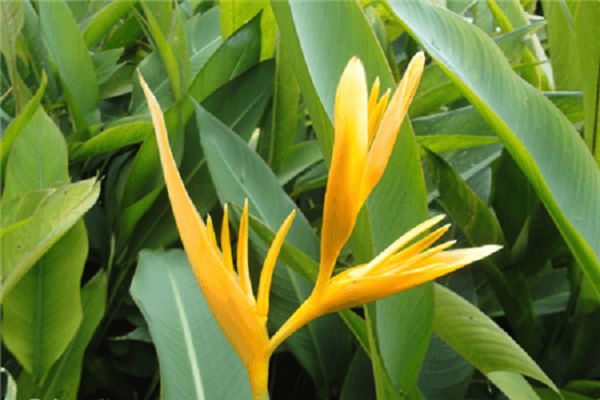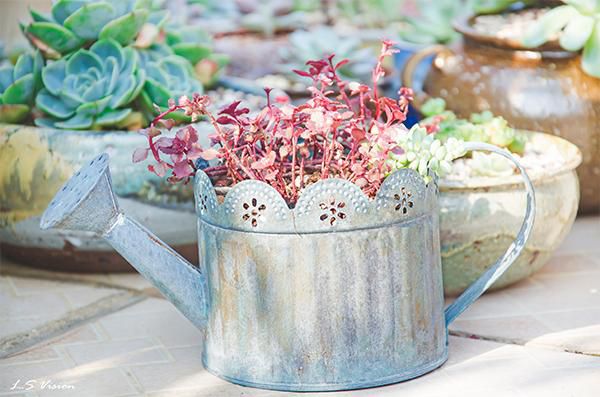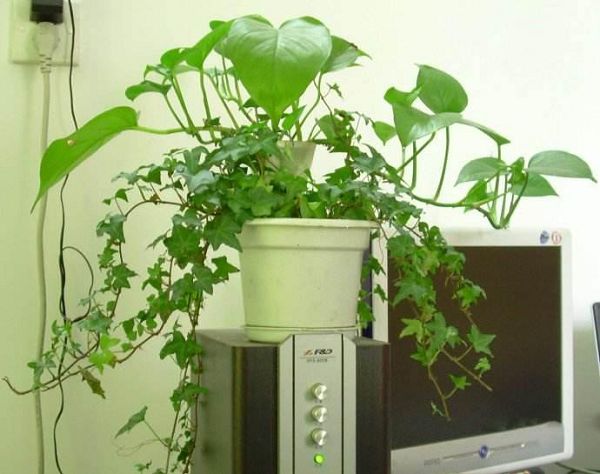Key points of cultivation of Flower Birds of Paradise

1. Key points of cultivation
1. Lighting: this kind of plant likes bright light. It usually leaves the plant in warm sunlight all day. It takes at least four hours to receive sunlight, but when the sun is too strong, it is necessary to block the sun properly. In this way, the flowers of the plant will be more beautiful.
2. Temperature: this kind of plant has a very poor ability to resist cold and thrives when the temperature is 15 ℃-25 ℃. The plant no longer grows when the temperature is less than 8 ℃ and is placed in a sunny place in a warm room in winter.
3. Watering: water the plants less after entering the flowering stage. You can supply water once a day in summer, and the soil is a little dry in winter.
4. Fertilizer: this kind of plant likes fertilizer, so you can put some fertilizer in the soil before planting and give liquid fertilizer once a month during the growing period of the plant to make the plant blossom bigger.
II. Points for attention
1. This kind of plants are raised in the south because of the high temperature and hot and humid climate, so the plants can be shielded from the sun with a sunshade net to make the flowers more bright and beautiful.
2. After entering the winter, the temperature becomes lower, build a greenhouse for the plant, so that the plant can survive the winter safely.
Related
- What if the leaves of potted flowers turn yellow?
- Florescence Control of several Flowers
- Anti-freezing technology and post-freezing nursing technology of flowers
- What is the classification of flowers? What are the common methods of flower classification?
- Prevention and control of alkali and acid damage of flowers in courtyard
- Technology of Anti-freezing and restoring growth of Flower seedlings in greenhouse and greenhouse
- How does flower fertilization not hurt the root? Fertilization technology of flowers
- Key points of disinfection in flower greenhouse
- Several pesticides that are banned or used cautiously in flowers
- How to fertilize the flowers that watch the leaves?



